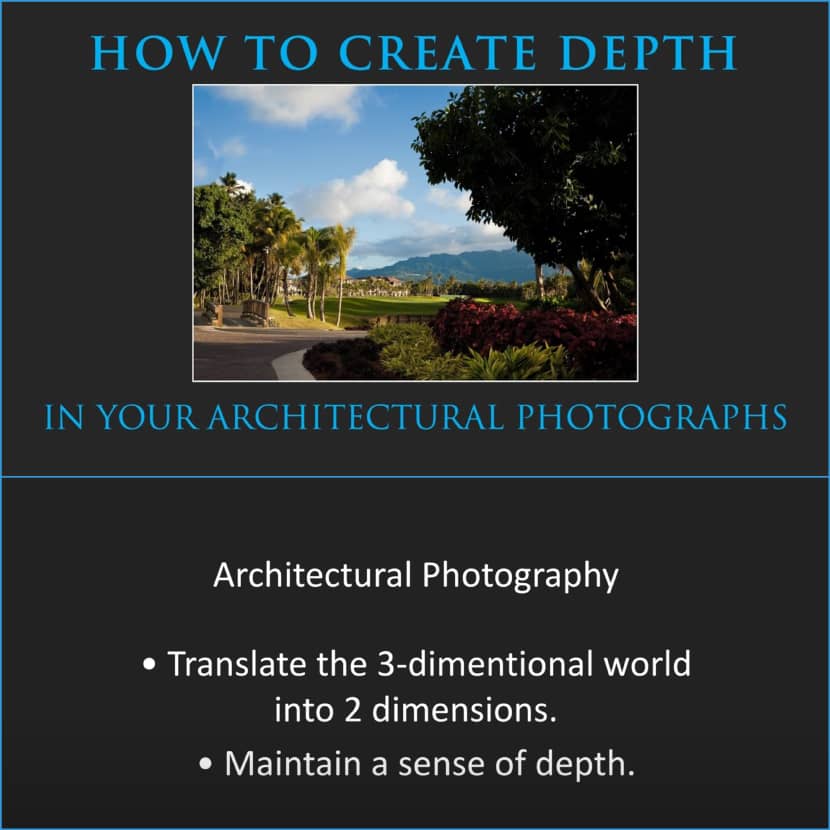
Steven Brooke, a renowned architectural photographer, recently shared valuable insights on enhancing depth in architectural photography. Check out his video and learn something useful today!
Steven's approach minimizes the gap between the 3D world and two-dimensional images, emphasizing techniques that evoke depth. Here’s an overview of his workflow, as outlined in his video tutorial.
Key Techniques for Creating Depth:
- Border Verticals: The tutorial begins by discussing the use of vertical elements on the borders of an image to frame the architecture. These verticals guide the viewer’s eye, preventing it from wandering out of the frame. This technique helps create layers, adding depth by positioning architecture profoundly into the scene.
- Foreground Entrances: Foreground elements, like paths or openings, invite the viewer into the image as an entrance into the scene. Steven likens this to classical painting techniques used by artists like Paul Cézanne. In photography, this method creates a pathway that draws attention to the primary subject in the background, enhancing spatial depth.
- Overlapping Elements: One of the most essential elements in creating depth is layering through overlapping objects. When elements overlap, it mimics how we perceive depth in real life. He cites Vermeer’s paintings as a model for achieving this effect, where each item is positioned in front of the other, seamlessly taking the viewer’s eye from the foreground to the background.
- Receding Rhythm: Another highlighted technique is creating a rhythmic flow of receding objects, drawing the viewer's eye deeper into the photograph. Repeating elements, like columns or structures, gradually shrink in size as they move further back, encouraging a sense of distance and continuity in the scene.
- Atmospheric Perspective: Finally, we have the power of atmospheric perspective. Warmer colors (reds and yellows) advance toward the viewer while cooler tones (blues and greens) recede. This understanding of color dynamics and diffused lighting can significantly enhance depth, making distant objects feel further away.
Key Techniques for Creating Depth:
In addition to the techniques, Steven warns against mistakes that can diminish depth. For example, terminating lines or structures at the edge of the frame or creating tangential overlaps can flatten the image, detracting from its three-dimensionality. He also advises against placing the corner of a building right in the center, as it can lead to a static composition.Conclusion:
This method for creating depth in architectural photography is built on the careful arrangement of elements, color theory, and thoughtful framing. By applying these techniques, photographers can transform flat images into dynamic compositions that evoke the rich, three-dimensional feel of the structures they capture.
For photographers who want to elevate their skills, Steven Brooke’s book on architectural photography and his Udemy course offers a more in-depth exploration of these techniques.
Steven Brooke is an award-winning architectural photographer, author, and educator with over 40 years of experience. His work has been widely recognized, with clients ranging from architects to cultural institutions worldwide. He is the author of several influential books on architectural photography and composition, and his photographs have been featured in exhibitions and publications internationally. Steven also shares his expertise through online courses, helping aspiring photographers master the art of capturing architecture with precision and creativity..

